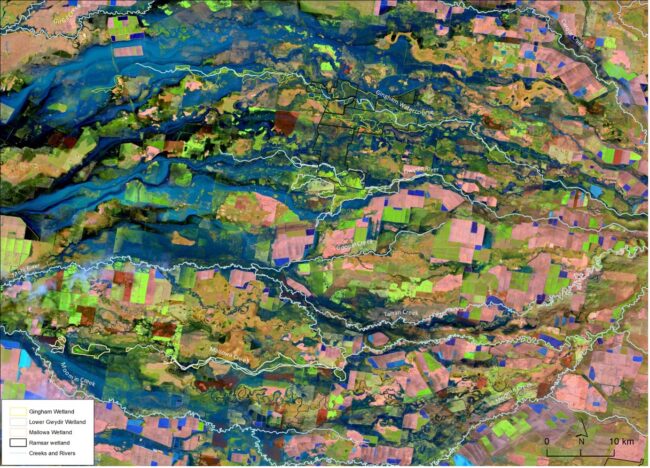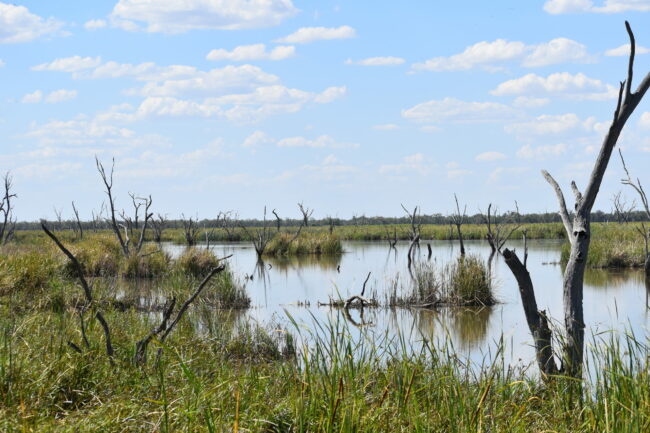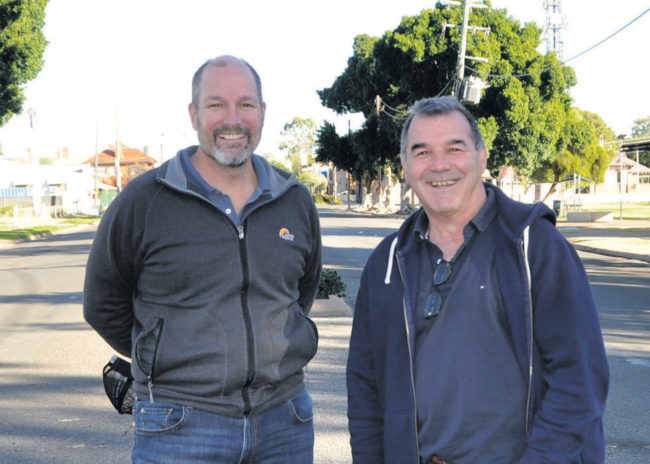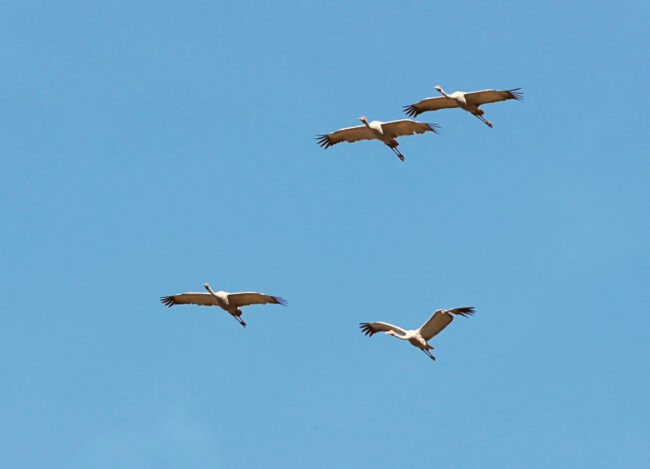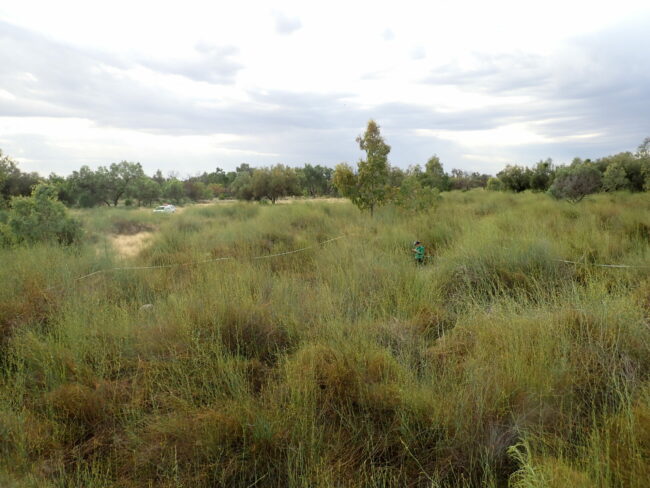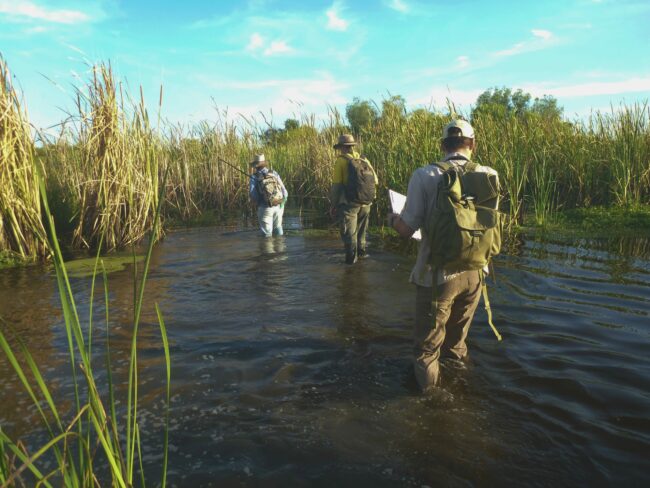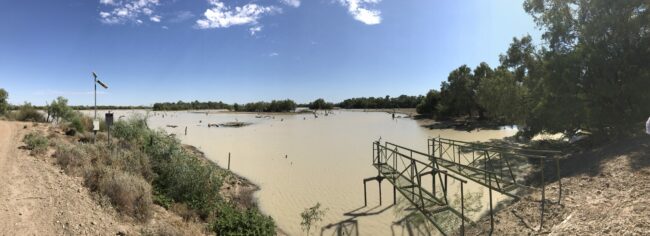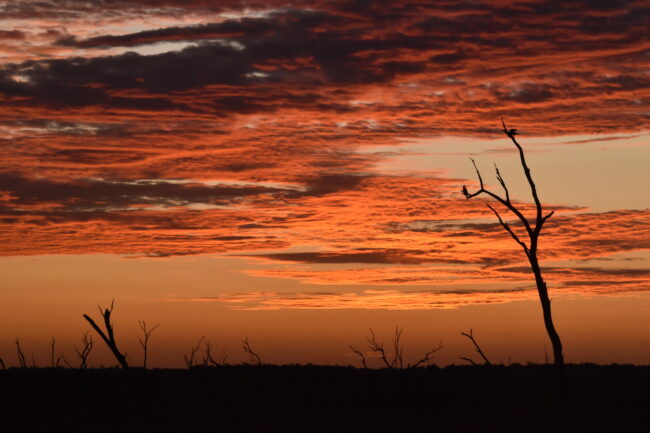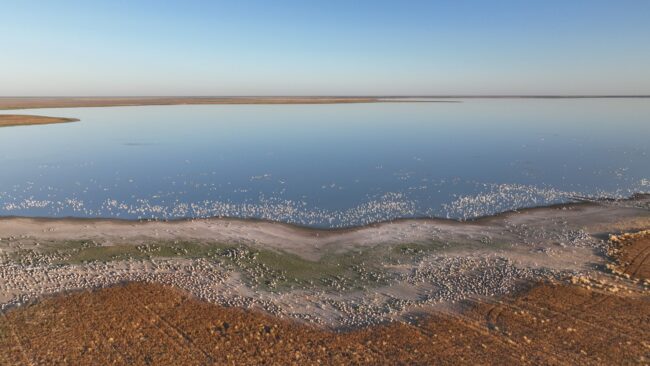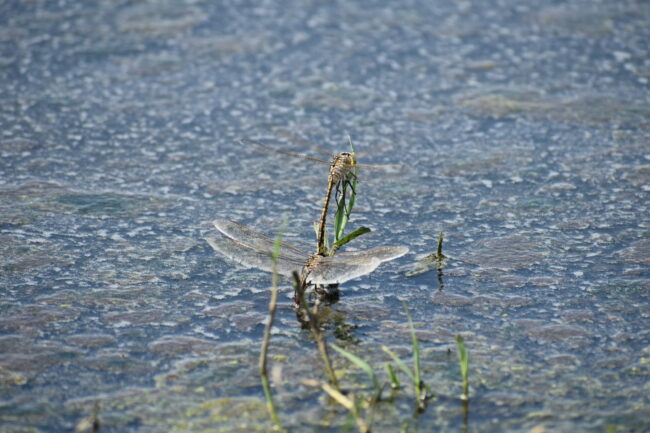Issue 41 Species Benefits of Widespread Inundation in the Gwydir Warrambools
Hydrology is the study of when, where and how galie (water) is delivered into a bagaay (river) channel, floodplain or warrambool (wetland). The Long Term Intervention Monitoring and Flow-MER projects have tracked natural flows and releases of Commonwealth water for the environment into the Gwydir River since July 2014. This delivery of galie directly impacts galie quality and through this defines the living conditions for aquatic species, including gunambaay (waterbirds) andvegetation.

